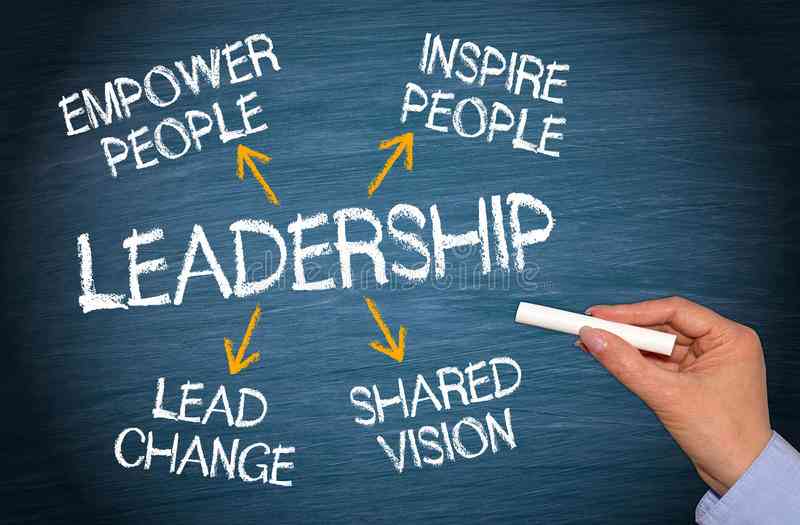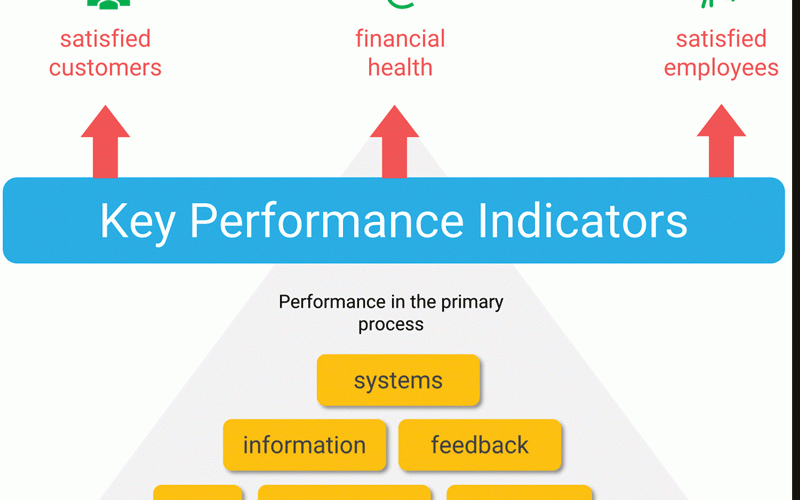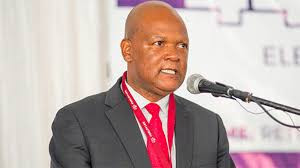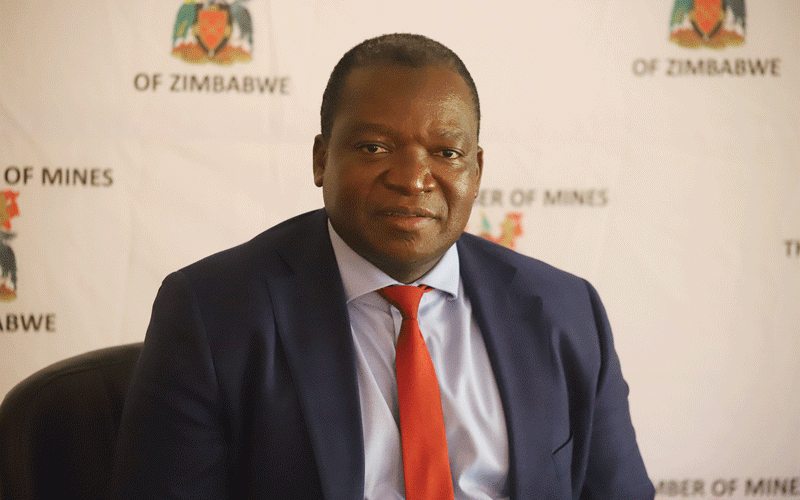
SEVEN out of 10 transformations fail according to a recent report from the Boston Consulting Group (BCG). Here is a sobering figure, which one would be right to question why organisations continue to embark on organisational transformation projects when the risk of failure is higher than the risk of success.
I posit that the rewards of the latter will deliver long-term benefits for the organisation and we commonly use a term called benefits realisation to describe this. It demonstrates that some outcomes will be lag benefits rather than immediate.
Bearing this figure in mind the organisation has to ensure that some key factors are in place to set the transformation up for success.
Right-resourcing is a critical success factor. Not merely who (skills, knowledge and experience) you on board, but what (responsibilities) they will be required to deliver.
The number of resources will be determined by the type, scale, budget and complexity of the project and therefore cannot be prescriptive.
A best practice approach to resourcing is shared, which will contribute to the likelihood of project success. This week we discuss the critical roles on a project.
Key roles for success
Project sponsor: One golden rule for a transformation is never commence a project without a sponsor. This senior leader is accountable for the successful delivery of the project and benefits (otherwise termed ROI) to be realised.
They usually have a personal interest in the project as it may come from their department or deliver a major benefit for their function or organisation.
They will work with the transformation project team to develop the business case and champion it at ExCo and board level. Within the business case, there will be a budget, delivery targets and outline of benefits to be realised.
They also agitate for project funding and are tasked with managing senior stakeholders. Effectively they are the champion for driving change within the leadership and also dousing all the fires.
As part of a solid project governance structure, the project sponsor heads up the project review board, which monitors project progress and performance and makes key decisions.
Recommended training: Change Management for Managers, Lean Six Sigma White Belt
Project manager (PM): This is the first role to be appointed as the leader in the project team and possibly the one most understood. Commonly referred to as the PM this is ideally a full-time role.
The Association of Project Management describe the role of the PM as being “responsible for day-to-day management of the project and must be competent in managing the six aspects of a project, i.e. scope, schedule, finance, risk, quality and resources. They work on specific projects that have definite outcomes, time limits and have to stay within a budget”.
The PM sits at the heart of the project developing the business case with the project sponsor to define the expected project outcomes, the scope (what is in and what is out) and delivery timelines.
A combination of all these three contributes to budget estimation. They define sequencing of activities and deliverables on the project plan, identify skills required and resource the team.
As the lead, they coordinate activities holding the project team member accountable for delivery, managing the various stakeholders and reporting on the project status. They are also the escalation point for any blockers identified.
Recommended training: Project Management
Process consultant (or transformation manager): Understanding the organisations business processes is a pre-cursor to transformation. The process specialist understands and maps (documents) the current processes ‘as is’ that are within the scope of the project.
Within mapping they identify the technology in use and the teams/people involved in the process. A key deliverable is identifying the pain points in the ‘as is’ process, which can include variable quality of service/product, inconsistent customer experiences, escalating customer complaints, inefficient or obsolete processes. For prioritisation, data points are collected to size the issues identified.
Through this process opportunities for improvement or transformation are identified and justified.
To address the pain points, an improved or new process is designed, which may be supported by new technologies and/or teams requiring new competencies.
Recommended training: Lean, Quality Management, Lean Six Sigma Green Belt minimum
Change manager: Of the roles mentioned so far, this is the newest role, which emerged through a need to improve the success of transformation projects by identifying and anticipating the impact of the change on the organisation and on the people.
The role seeks to answer the many challenges faced during change and the need for a personal touch to support people through the change.
Change managers work alongside the HR team as the only people focused role on the project team.
Depending on the organisation the scope of this role can stretch from identifying the impact of the change, assessing change readiness, managing and delivering executive and project level communication to advocating for buy-in through the organisational hierarchy.
Recommended training: Change Management and Project Management/Lean Six Sigma Green Belt
Best practice resourcing
The project sponsor and project manager roles are critical. Only the project sponsor role needs to be internal. The project manager can be internal or outsourced.
Should the role be in-sourced only competent people should be selected and not the leadership’s favourite people. If some competence has been identified in the selected people, they can be upskilled through training.
Best practice recommends that the selected resources be seconded to these project roles for the duration of the project. Doing so concentrates focus on delivering the project and limits disruption from their primary role.
Where there is a competency gap within the organisation it is always best to engage external specialist consultants to work on the project (knowledge transfer), whilst coaching the internal project team and training employees for a minimum of three months.
Next week we will discuss the business analyst and project support analyst roles.
Muguti is a strategy and transformation consultant, a Lean Six Sigma Black Belt practitioner who has successfully delivered transformation programmes across various industries and global blue-chip organisations. — +263 783 533 938, [email protected] or https://www.linkedin.com/in/nyari-muguti-24











